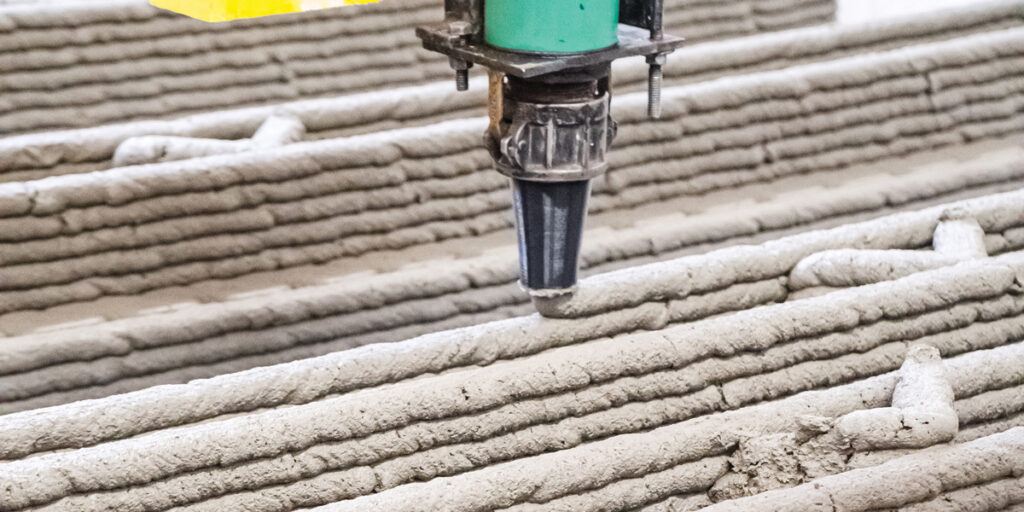A Java Stack is a crucial data structure that follows the Last In, First Out (LIFO) principle. It is commonly used in software development for managing function calls, evaluating expressions, and handling complex algorithms. Java provides a built-in Stack class that extends Vector, making it a flexible and efficient tool for developers. Understanding how the Java Stacks works is essential for programmers looking to optimize memory management and execution flow.
What is a Java Stack?
A Stack is a linear data structure that operates on the principle of adding and removing elements from only one end, known as the top. The element added most recently is the first to be removed, following the LIFO mechanism. In Java, the Stack class is part of the java.util package and offers various built-in methods to manipulate data efficiently.
Stacks are widely used in various computing scenarios, such as recursion, parsing expressions, and implementing backtracking algorithms. They help manage function calls and ensure that programs execute efficiently by maintaining execution history.
Features of Java Stacks
Java Stacks come with several important features that make them useful in different programming applications:
- Dynamic Sizing: Unlike static arrays, stacks in Java can grow dynamically to accommodate new elements.
- Built-in Methods: Java provides predefined methods such as push(), pop(), and peek() to manage stack elements.
- Thread-Safety: The Stack class in Java is synchronized, making it safe for use in multi-threaded applications.
- Memory Efficiency: Stacks help manage memory efficiently by controlling function execution and recursive calls.
Java Stacks Class and Its Methods
The Java Stacks class provides several essential methods that allow programmers to manipulate stack data. Below are the key methods:
push() Method
The push() method adds an element to the top of the stack.
Stack<Integer> stack = new Stack<>();
stack.push(10);
stack.push(20);
System.out.println(stack); // Output: [10, 20]pop() Method
The pop() method removes and returns the top element of the stack.
int topElement = stack.pop();
System.out.println(topElement); // Output: 20peek() Method
The peek() method returns the top element without removing it.
int top = stack.peek();
System.out.println(top); // Output: 10isEmpty() Method
The isEmpty() method checks if the stack is empty.
boolean empty = stack.isEmpty();
System.out.println(empty); // Output: falseApplications of Java Stacks
Java Stacks are widely used in various applications, including:
Function Call Management
Stacks play a crucial role in function call management by storing return addresses and local variables during function execution.
Expression Evaluation
Stacks help in evaluating mathematical expressions such as infix, prefix, and postfix notation.
Undo and Redo Operations
Applications such as text editors use stacks to implement undo and redo functionality.
Backtracking Algorithms
Stacks assist in solving backtracking problems, including maze solving and puzzle generation.
Reversing Strings
A stack can be used to reverse a string by pushing and popping each character.
Java Stacks vs. Deque
While the Stack class in Java is useful, developers often prefer Deque (Double-ended Queue) from the java.util package because of its better performance. The ArrayDeque class is frequently used as a stack due to its efficiency and lower synchronization overhead.
Deque<Integer> dequeStack = new ArrayDeque<>();
dequeStack.push(10);
dequeStack.push(20);
System.out.println(dequeStack.pop()); // Output: 20Advanced Usage of Java Stacks
Implementing a Custom Stack
Java developers can implement their own stack using an array or linked list. This helps in customizing stack behavior based on specific requirements.
Handling Stack Overflow and Underflow
Stack overflow occurs when pushing an element onto a full stack, while stack underflow happens when popping an element from an empty stack. Proper error handling is necessary to prevent program crashes.
Stacks in Recursion
Java uses the stack internally to manage recursive function calls. When a function calls itself, Java maintains a call stack to keep track of active function calls.
int factorial(int n) {
if (n == 0) return 1;
return n * factorial(n - 1);
}Stacks in Depth-First Search (DFS)
Stacks are useful in graph traversal algorithms such as DFS. They help track visited nodes and backtracking steps efficiently.
void dfs(int node, boolean visited[], Stack<Integer> stack) {
visited[node] = true;
stack.push(node);
for (int neighbor : graph[node]) {if (!visited[neighbor])
{ dfs(neighbor, visited, stack); } }}Conclusion
Understanding Java Stacks is essential for efficient programming, especially in areas involving recursion, parsing, and memory management. Whether handling function calls, designing an undo feature, or working with complex algorithms, the stack remains an invaluable tool in Java development
















